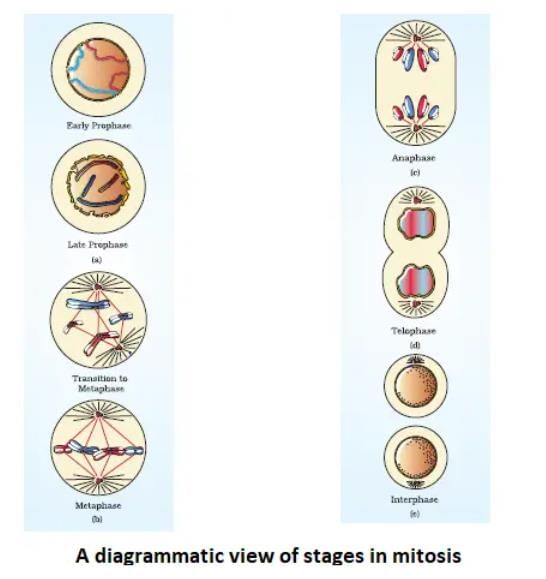SRMJEEE Biology Mock Test - 3 - JEE MCQ
30 Questions MCQ Test - SRMJEEE Biology Mock Test - 3
Which principle states that allele frequencies in a population will remain constant from generation to generation in the absence of evolutionary influences?
Which gland is often called the "master endocrine gland"?
What is the significance of the Golgi apparatus in a cell?
Match column-I (function) with column-II (types of enzymes) and select the correct option.
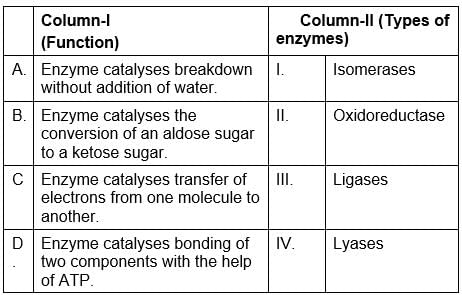
Refer to the given figure depicting a diseased condition in humans and name the worm causing this disease.
Agrobacterium vectors carried nematode specific genes which is introduced into the host plant and such that it produced
What is the primary mechanism by which antibiotic resistance spreads through bacterial populations?
What is the significance of the spindle assembly checkpoint during mitosis?
Which among the following statements is incorrect about plasma membrane?
A typical angiospermous ovule is attached to the placenta by means of a stalk called X. Body of the ovule fuses with X in the region called Y. Identify X and Y.
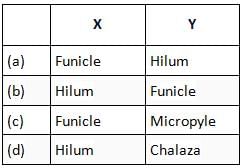
In which stage of the cell cycle do cells spend most of their time?
Members of which of the following phyla exhibit adaptations so widely varied environmental conditions?
Statement I : Homology is based on divergent evolution.
Statement II : Analogy is based on convergent evolution.
Which of the following is a single U shaped bone, present at the base of the buccal cavity and it is also included in the skull?
What does the oxygen-hemoglobin dissociation curve describe?
Figure shows blood circulation in humans with labels A to D. Select the option which gives correct identification of label and functions of the part:
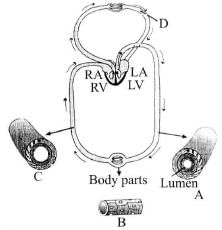
The figures below shows 3 phases of mitosis select the option given correct identification together with the correct event ?
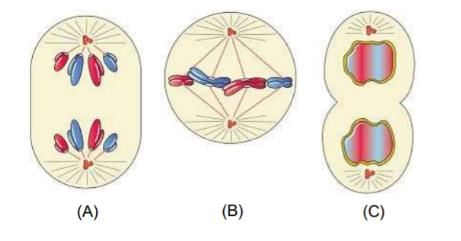
Dwarfism is due to the undersecretions of growth hormone by which gland?
Match column-I (function) with column-II (types of enzymes) and select the correct option.

What is the main purpose of the G₂ phase in the cell cycle?
The walls of lymphatic vessels are similar to those of cardiovascular





